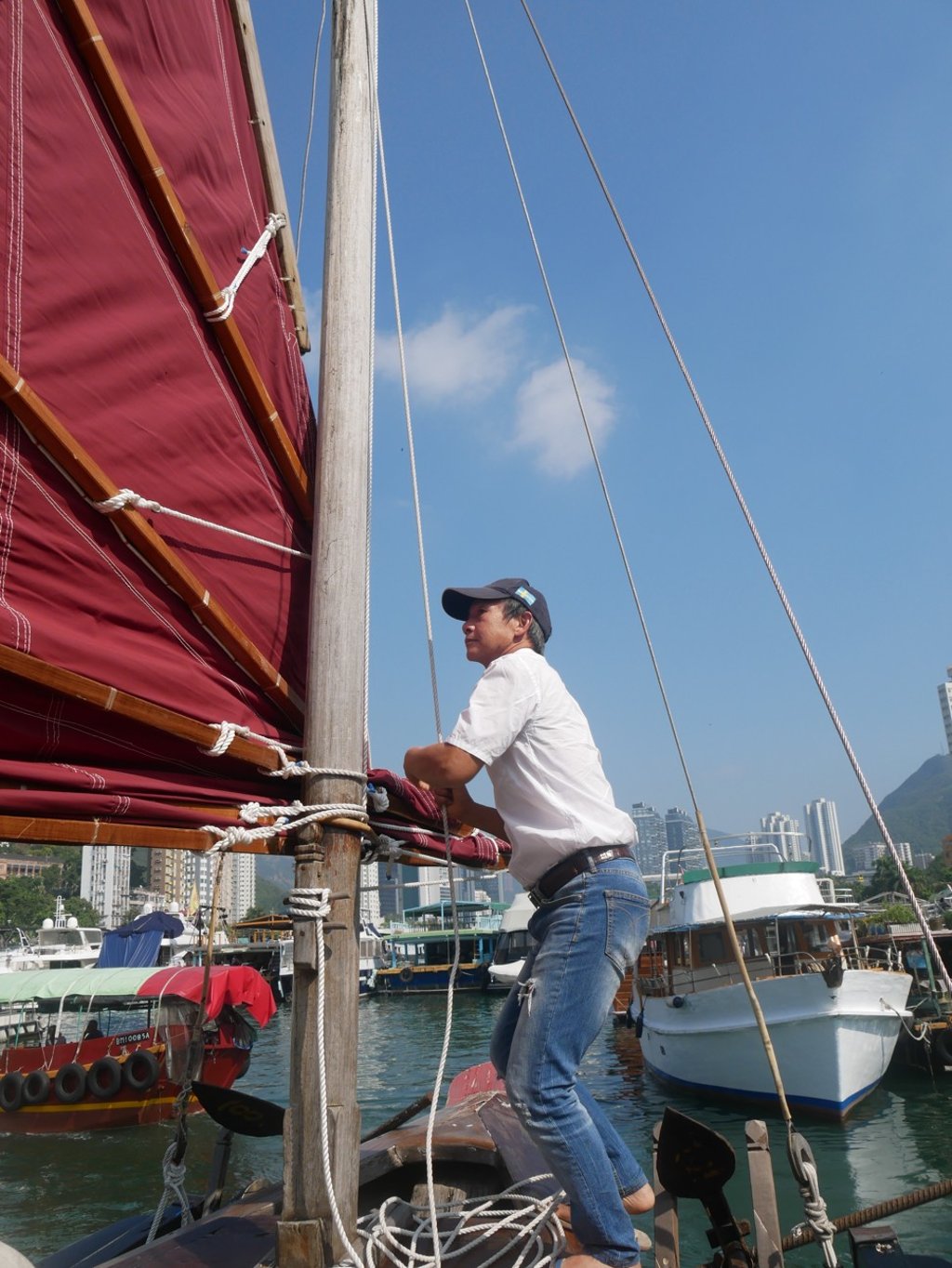Fisherman maintains a Hong Kong maritime legacy with his HK$3 million restored junk boat
- David Kwok saved a traditional shrimp trawler from the scrapyard in Tuen Mun in 2007 and restored it to be one of only three sailing junks in Hong Kong
- His latest plan is to build an ocean-going junk that would sail around the world to highlight the accomplishments of Chinese mariners

David Kwok Shu-wai, a third-generation Hong Kong fisherman, still remembers working on sailing junks with his father when he was a child.
Today, the vessels once ubiquitous in coastal waters around Hong Kong, their distinctive fan-shaped sails long depicted in the tourism authority’s marketing materials, have almost vanished.
Kwok, 58, is determined to maintain a maritime tradition, however, and has spent about HK$3 million (US$383,000) on his first junk restoration project.
“I am a fisherman and have the blood of the fisherman. I really appreciate the traditional style of the sailing junk. It is important to keep the memory alive,” says Kwok, who hails from Aberdeen on the south side of Hong Kong Island, where tens of thousands of people once lived on boats in the harbour.

When he heard of an unused traditional shrimp trawler in Tuen Mun in 2007, he decided to buy the vessel and rescue it from the scrapyard. But Heung Gong Yat Ho (Hong Kong Number One) proved to be an expensive labour of love. “The boat was not in good condition,” says Kwok. Built in nearby Macau in 1981, it took three 12-week repair sessions at a specialist shipyard in neighbouring Zhuhai to render it seaworthy and fit for commercial use.
Heung Gong Yat Ho is one of only three sailing junks still in existence in Hong Kong and the only shrimper, a type of junk once ubiquitous along the southern Chinese coast. These Guangzhou-style junks were not designed for ocean-going voyages but for working in the coastal waters around the Pearl River Delta in the days when fishermen from Hong Kong and Macau shared the bountiful waters.
